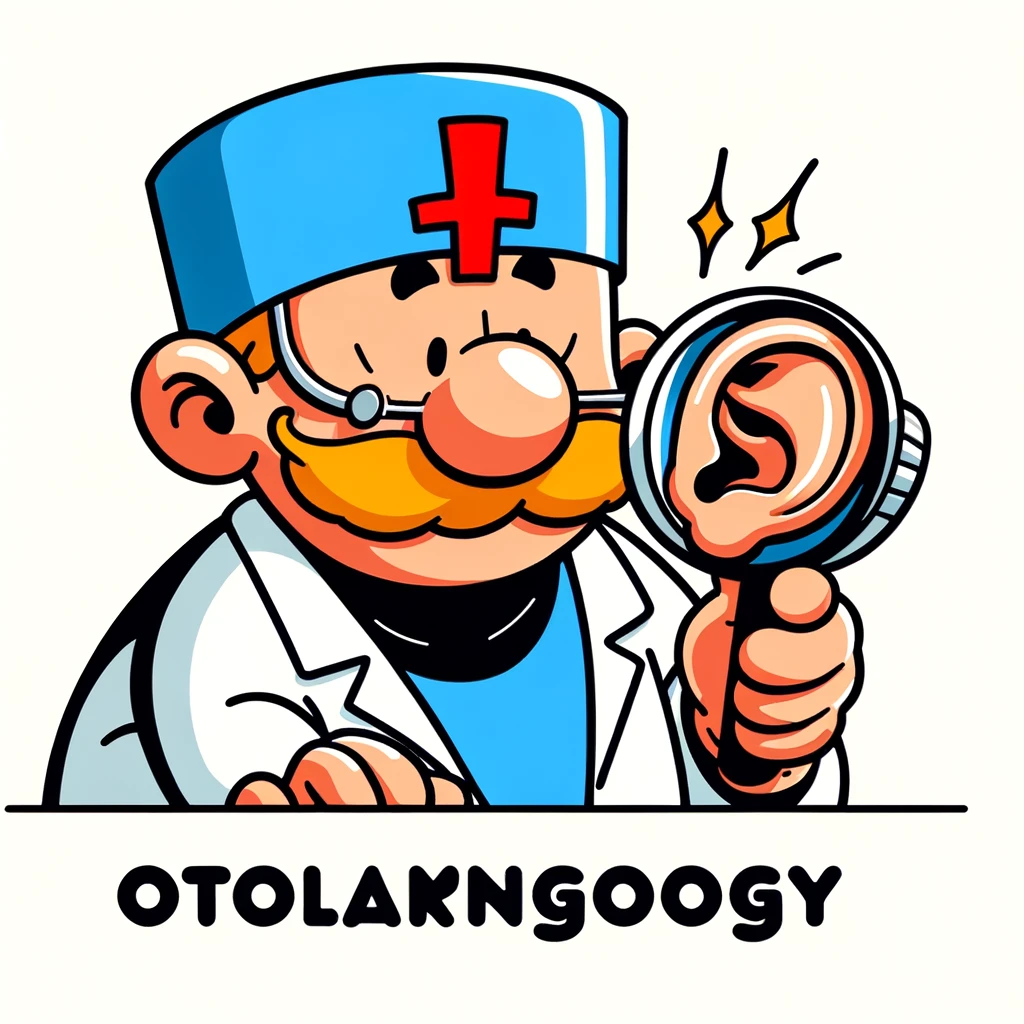Discover how the groundbreaking prognostic model combining Pan-Immune-Inflammation Value and PD-L1 status is revolutionizing treatment outcomes for patients with advanced head and neck cancer.
– by Marv
Note that Marv is a sarcastic GPT-based bot and can make mistakes. Consider checking important information (e.g. using the DOI) before completely relying on it.
A Novel Prognostic Model Using Pan-Immune-Inflammation Value and Programmed Death Ligand 1 in Patients with Recurrent or Metastatic Head and Neck Squamous Cell Carcinoma Receiving Immune Checkpoint Inhibitors: A Retrospective Multicenter Analysis.
Lien et al., Target Oncol 2023
DOI: 10.1007/s11523-023-01018-9
Oh, what a time to be alive in the world of medical research, where we can retrospectively sift through patient data to find new ways to predict how long they’ll stick around after being treated with the latest immune wizardry. Enter the Pan-Immune-Inflammation Value (PIV), the new crystal ball for patients with the tongue-twisting condition known as recurrent or metastatic head and neck squamous cell carcinoma (R/M HNSCC).
Our intrepid researchers, armed with charts and calculators, decided to play a game of statistical fortune-telling with the PIV in patients getting their immune systems checkpointed (because that’s a thing now). They rummaged through the medical histories of 192 lucky participants, dividing them into the ‘high PIV’ and ‘low PIV’ leagues based on a median value that, presumably, appeared to them in a dream.
And lo and behold, the numbers spoke: those in the low PIV club enjoyed a median progression-free survival (PFS) of 11.7 months, while their high PIV counterparts got a mere 2.8 months (p < 0.001, because p-values are the secret handshakes of statistics). Overall survival (OS) followed suit, with the low PIV group clocking in at 21.8 months and the high PIV group trailing at 11.5 months (p < 0.001).
But wait, there's more! The researchers, not content with just one biomarker, threw PD-L1 into the mix and conjured up a prognostic model that's as easy to understand as your average horoscope. Depending on your PIV and PD-L1 levels, you could be looking at a PFS of 12.2, 6.4, or 3.0 months, and an OS of 23.7, 18.1, or 11.4 months (again, p < 0.001 for the believers).
In conclusion, PIV is the new kid on the block for predicting how patients with R/M HNSCC will fare on ICIs. And if you're into prognostic models, combining PIV with PD-L1 is like adding avocado to toast – suddenly, it's a whole new ball game for outcome prediction and risk stratification. Who knew inflammation could be so informative?
